Q&A
A Q&A Electromagnetic Flow Meter which stands for “question and answers for Electromagnetic Flow Meter,” is a format commonly used to facilitate communication and exchange of information. In a Q&A Electromagnetic Flow Meter, one person asks a question, and another person or group provides an answer or response to that question. This format is widely used in various contexts, such as interviews, discussions, presentations, or online forums. It allows for a structured and organized way of addressing inquiries and obtaining relevant information. Is there anything specific you would like to know about Q&A Electromagnetic Flow Meter?
Q: What is an electromagnetic flow meter?
A: An electromagnetic flow meter, also known as a mag meter, is a type of flow meter that uses Faraday’s law of electromagnetic induction. This is to measure the velocity of conductive fluids, such as water or wastewater.
Q: How does an electromagnetic flow meter work?
A: An electromagnetic flow meter works by using a magnetic field to induce an electric voltage in a conductive fluid as it flows through a pipe. The voltage generated is proportional to the velocity of the fluid, which can then be used to calculate the flow rate.
Q: What are the advantages of using an electromagnetic flow meter?
A: Some advantages of using an electromagnetic flow meter include:
-
- High accuracy and repeatability
-
- No moving parts, which reduces maintenance requirements and increases reliability
-
- Can measure flow rates of conductive fluids regardless of their viscosity or density
-
- Can handle high flow rates and can be used in large pipe sizes
-
- Can measure bidirectional flow
Q: What are some common applications for electromagnetic flow meters?
A: Electromagnetic flow meters are commonly used in the water and wastewater industry for measuring flow rates in pipes and open channels. They are also used in the chemical, food and beverage, and pharmaceutical industries for measuring the flow of conductive liquids.
Q: What are some potential limitations or drawbacks of using an electromagnetic flow meter?
A: Some potential limitations of using an electromagnetic flow meter include:
-
- Can only measure the flow rate of conductive fluids
-
- Requires a conductive fluid with a minimum level of conductivity for accurate readings
-
- Can be affected by electromagnetic interference, which can lead to inaccurate readings
-
- Can be more expensive than other types of flow meters, such as ultrasonic or turbine flow meters, depending on the application
Q: Can electromagnetic flow meters be used for hazardous fluids?
A: Yes, electromagnetic flow meters can be used for hazardous fluids as long as the materials of construction are selected to be compatible with the specific fluid and the operating conditions. For example, if the fluid is corrosive, the flow meter should be constructed of a material that is resistant to corrosion.
Q: How are electromagnetic flow meters installed?
A: Electromagnetic flow meters are typically installed in a horizontal or vertical orientation, depending on the application. The flow meter is mounted in the pipe or channel, and the electrodes are inserted through the wall of the pipe or channel and positioned to be in contact with the flowing fluid. The electrodes are then connected to the transmitter, which converts the signal into a flow rate reading.
Q: How accurate are electromagnetic flow meters?
A: Electromagnetic flow meters are known for their high accuracy and repeatability, with typical accuracy levels of ±0.5% to ±1% of the flow rate. However, the accuracy can be affected by several factors, including the fluid properties. Also, the installation location, and the quality of the signal conditioning electronics.
Q: How do electromagnetic flow meters compare to other types of flow meters?
A: Electromagnetic flow meters are often compared to other types of flow meters. Various Types such as ultrasonic, turbine, and positive displacement flow meters. Each type of flow meter has its strengths and weaknesses, and the choice of Electromagnetic flow meter depends on the specific application requirements. In general, electromagnetic flow meters are preferred for applications where high accuracy, and reliability. Also, low maintenance is important, and where the fluid is conductive.
Q: How do Q&A Electromagnetic Flow Meters handle changes in fluid density or viscosity?
A: Electromagnetic flow meters are not affected by changes in fluid density or viscosity, as long as the fluid remains conductive. This is because the meter measures the velocity of the conductive fluid, which is not affected by changes in its physical properties.
Q: Can electromagnetic flow meters be used for both liquids and gases?
A: Electromagnetic flow meters are designed to measure the flow of liquids, not gases. This is because gases are not conductive, so they do not generate the electrical signal needed for the meter to work.
Q: Can electromagnetic flow meters be used in applications with high turbulence or flow disturbances?
A: Electromagnetic flow meters can be used in applications with high turbulence or flow disturbances. As a result, the installation location and configuration of the meter must be carefully chosen. This is to minimize the impact of these factors on the accuracy of the meter.
Q: How do electromagnetic flow meters handle air or gas bubbles in the fluid?
A: Electromagnetic flow meters can be affected by air or gas bubbles in the fluid. They can disrupt the conductive properties of the fluid and cause errors in the flow measurement. To address this, some meters have built-in algorithms to detect and correct the presence of bubbles. Also, others may require additional hardware, such as a bubble eliminator or a degassing unit.
Electromagnetic Flow Meter
Advantages / Disadvantages
Benefits of electromagnetic flow meters include:
High accuracy: Electromagnetic flow meters offer excellent measurement accuracy, typically within ±0.5 to 1% of the flow rate. This enables precise flow monitoring and control.
Wide range of fluid compatibility: These flow meters can handle a variety of conductive fluids, including corrosive, abrasive, and viscous liquids. They are suitable for applications across different industries.
Minimal pressure loss: Electromagnetic flow meters have a negligible pressure drop due to their full-bore design, ensuring energy efficiency and reduced operating costs.
Low maintenance: Unlike mechanical flow meters, electromagnetic flow meters have no moving parts. This reduces the need for maintenance and minimizes the risk of mechanical wear and failure.
Versatile installation options: These flow meters can be installed in various orientations. Such as horizontal and vertical pipelines, making them adaptable to different installation requirements.
Applications
Industries Served for Electromagnetic Flow Meter
Overall, electromagnetic flow meters are widely used in industries such as water and wastewater management, chemical processing, pharmaceuticals, food and beverage, and many others. Their accuracy, reliability, and ability to handle a broad range of flow rates and fluid conditions make them a popular choice for flow measurement in various applications.
Electromagnetic flow meters are commonly used in a variety of applications across industries.
Some key applications include:
Water and wastewater treatment: Electromagnetic flow meters are frequently used for measuring the flow rate of water and wastewater in treatment plants. They are highly accurate and reliable, even with fluids containing suspended solids and chemicals.
Chemical and petrochemical industry: In chemical and petrochemical processes, precise flow measurement is crucial for optimizing production and ensuring the safety of operations. Electromagnetic flow meters are widely used for measuring corrosive and hazardous fluids in this industry.
Food and beverage industry: Electromagnetic flow meters find applications in the food and beverage industry for measuring the flow rate of liquids such as milk, fruit juices, and syrups. They are hygienic, have no moving parts, and can handle fluids with solid particulates.
Pharmaceutical industry: Flow metering is critical in pharmaceutical manufacturing to ensure accurate dosing and maintain product quality. Electromagnetic flow meters are commonly used for measuring the flow rate of various liquids, including solvents, acids, and bases.
Only logged in customers who have purchased this product may leave a review.

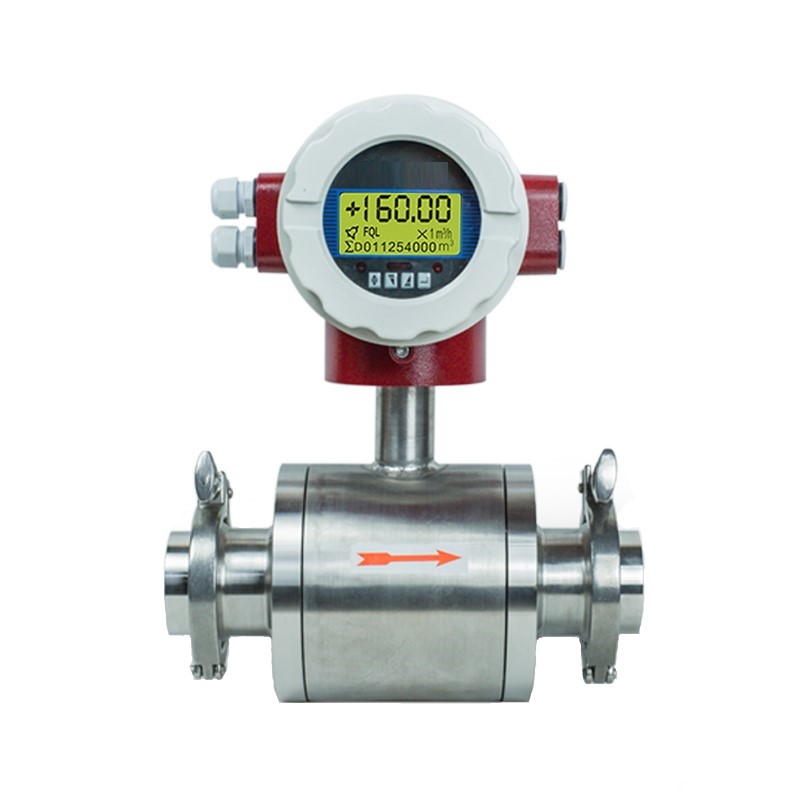
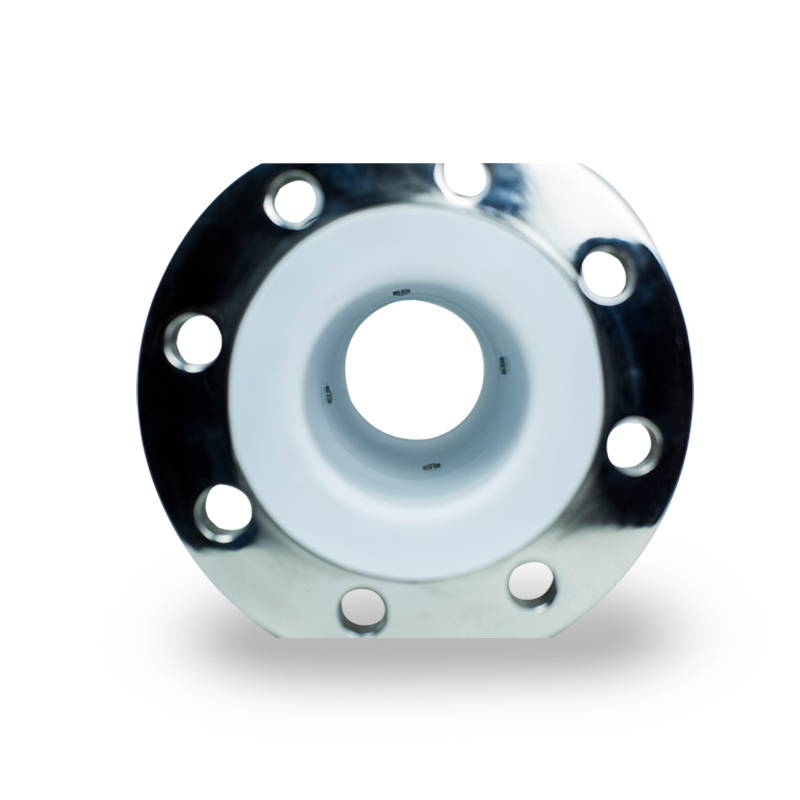
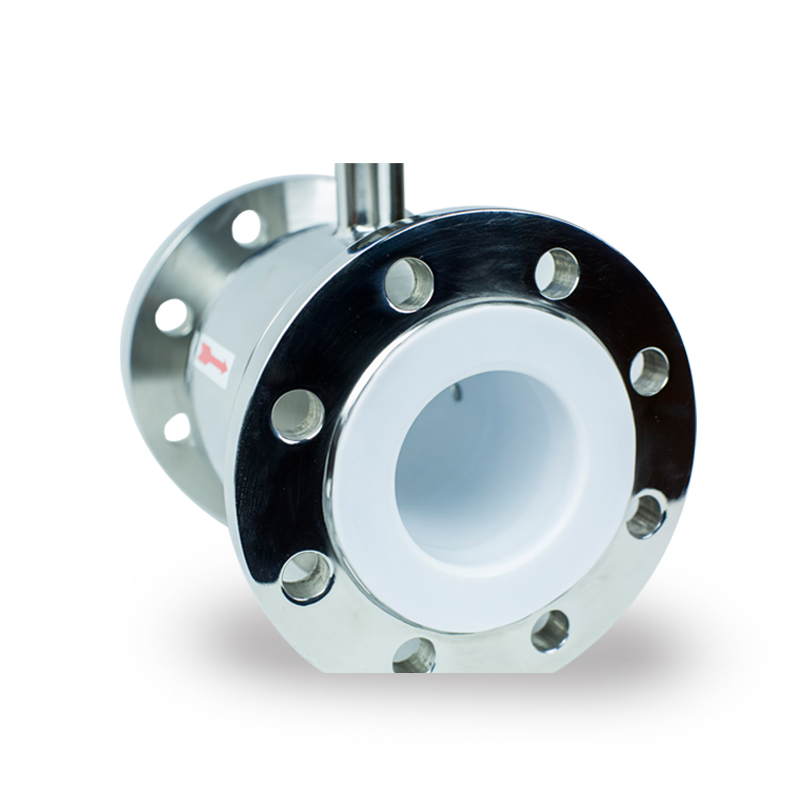
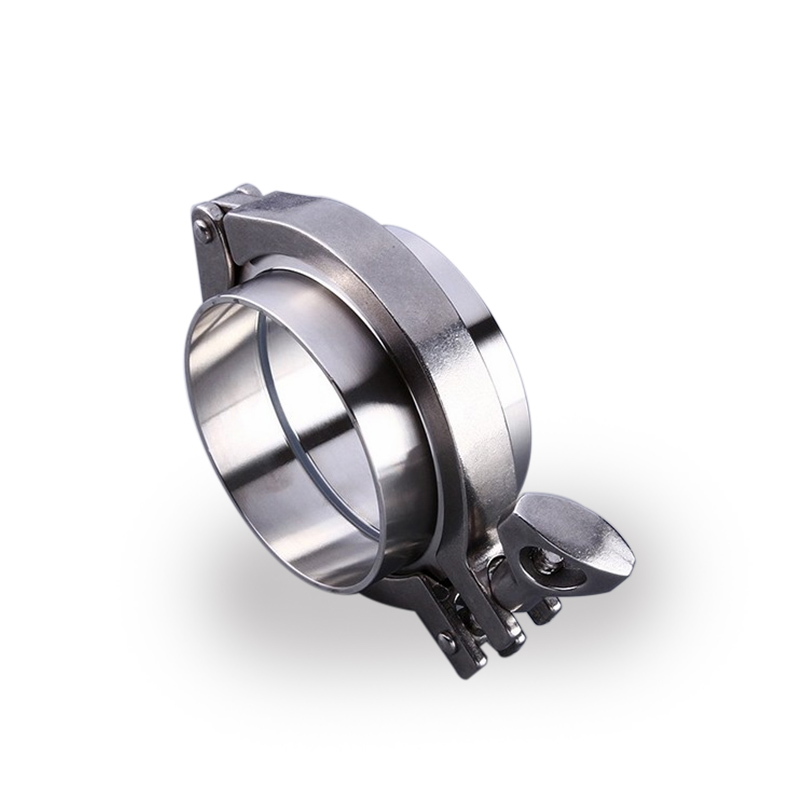
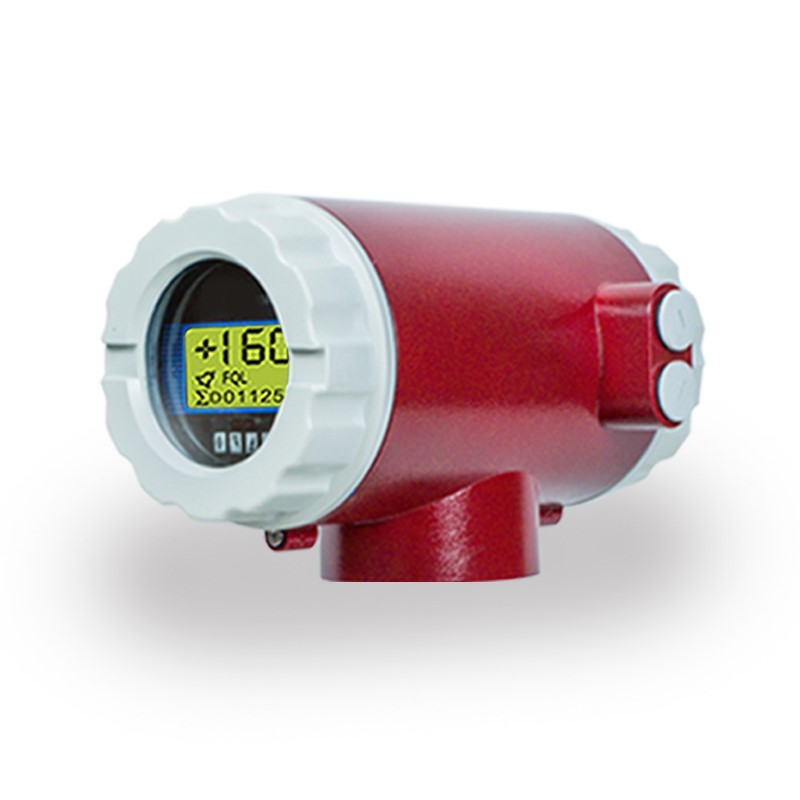
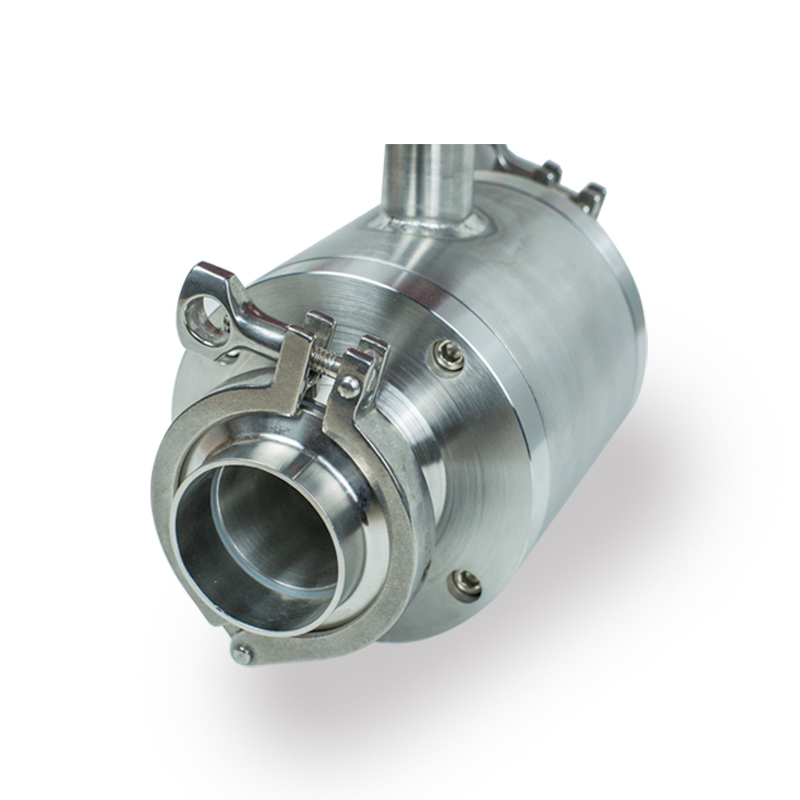
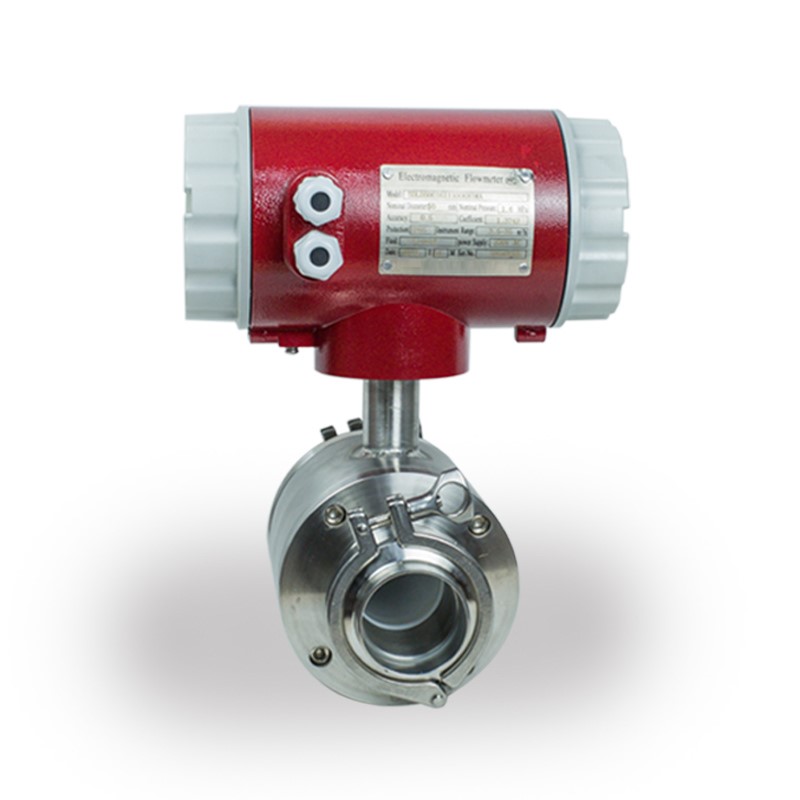
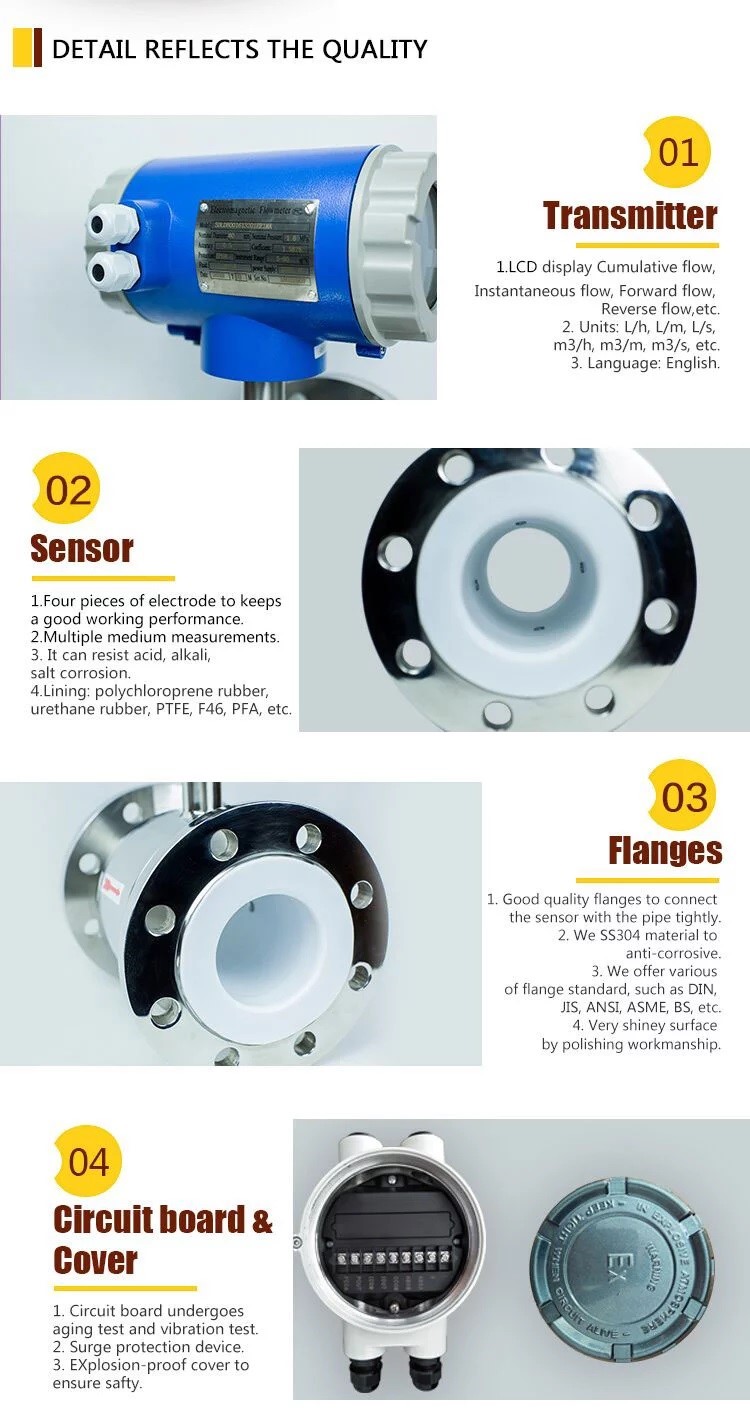
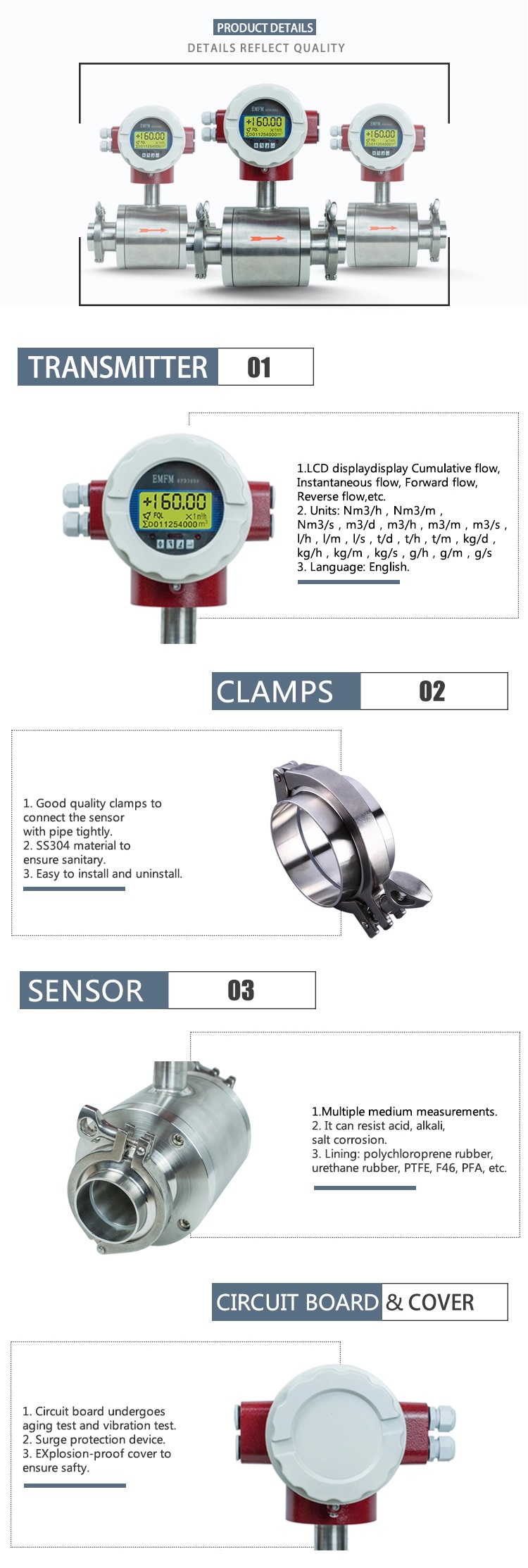
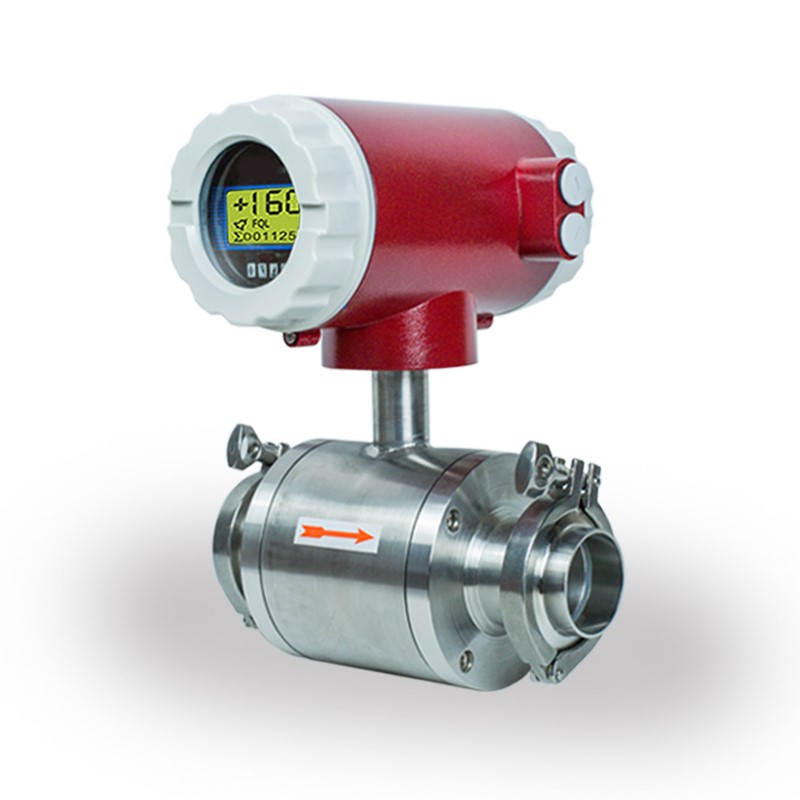
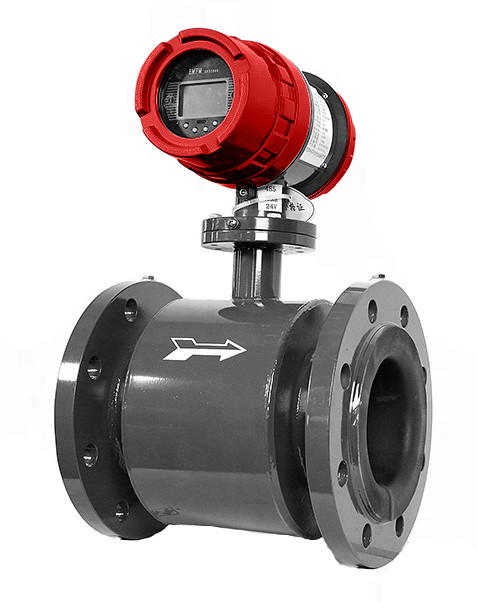
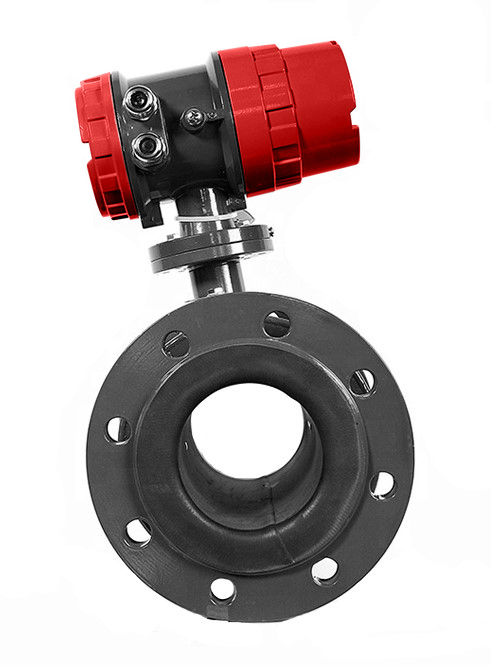
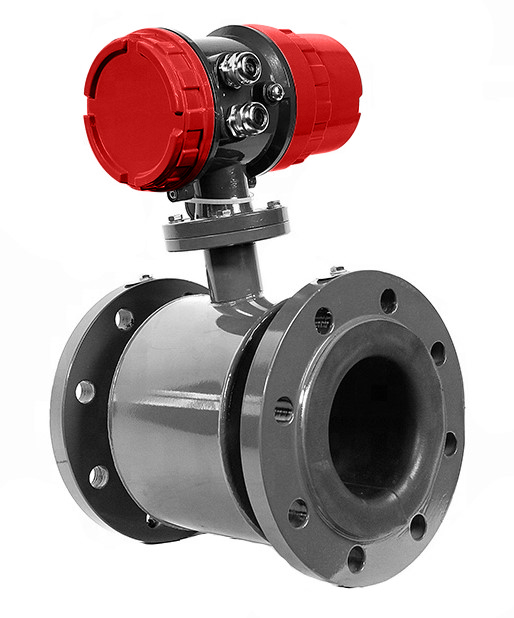
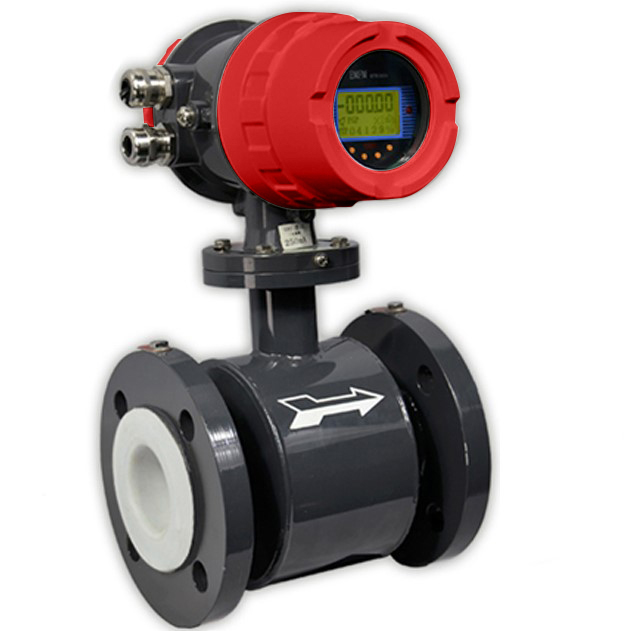
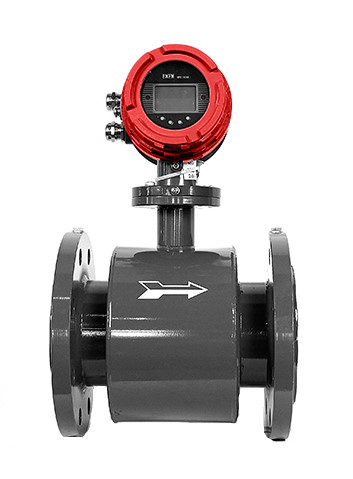

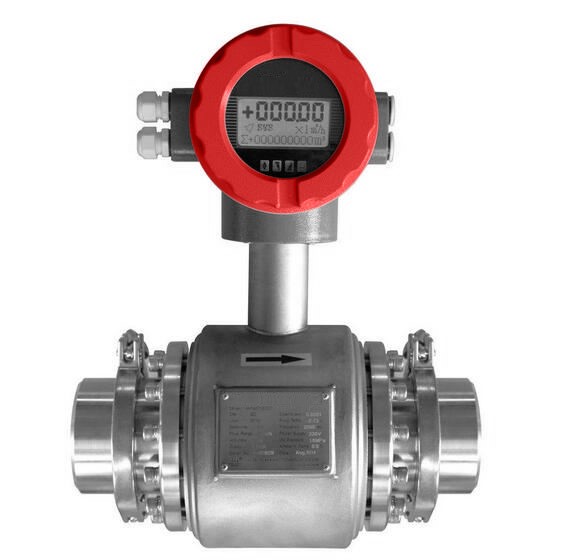
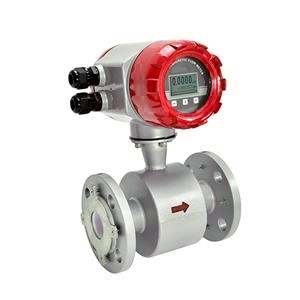
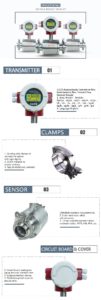
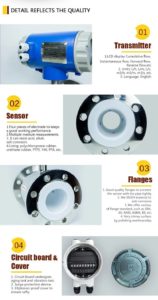

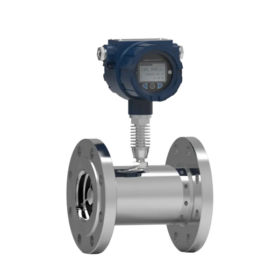
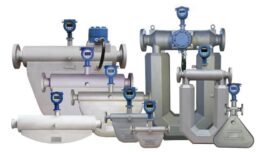
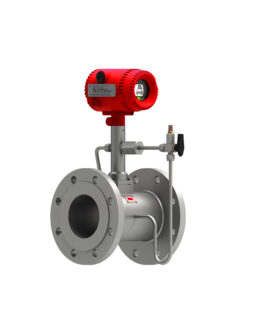
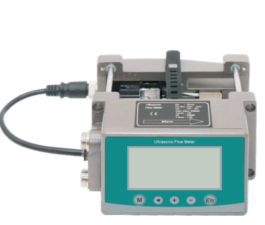
Reviews
There are no reviews yet.